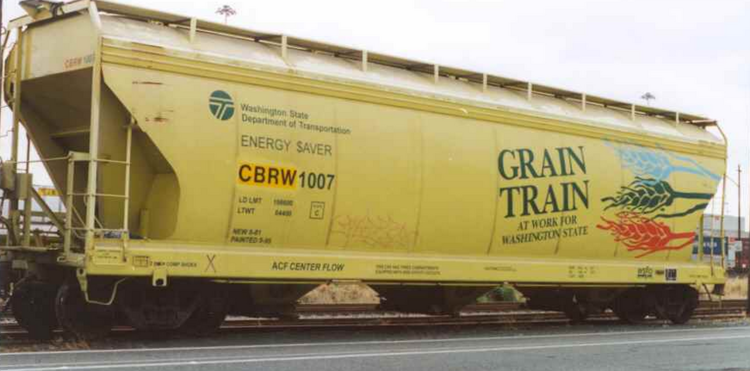Let's get this over with
 Grain is loaded onto a train initially coasting at the speed
v
0
m/s
by dropping it vertically from a stationary silo at the rate
α
m
kg/s
. How long does it take for the train to pass the silo (in seconds)?
Grain is loaded onto a train initially coasting at the speed
v
0
m/s
by dropping it vertically from a stationary silo at the rate
α
m
kg/s
. How long does it take for the train to pass the silo (in seconds)?
Details
- The train is l = 2 0 0 m long, and has an empty weight of m 0 = 5 0 0 kg.
- v 0 = 4 5 m/s
- α m = 2 0 kg/s
The answer is 4.864.
This section requires Javascript.
You are seeing this because something didn't load right. We suggest you, (a) try
refreshing the page, (b) enabling javascript if it is disabled on your browser and,
finally, (c)
loading the
non-javascript version of this page
. We're sorry about the hassle.
1 solution
Exactly how i did that.
What is this? I never got it in my school.
Log in to reply
Can you tell me which step you didn't understand? I will try to explain it better.
You seem to have ignored the subtlety that there is in fact a time varying net force in the negative x direction that is strictly decreasing. This is due to the fact that the sand has 0 initial velocity in the x direction, then is rapidly accelerated to the instantaneous velocity of the train. In a time dt, the sand gains a forward momentum of ( α d t ) v ( t ) , and thus there is a backwards reaction force F ( t ) = α v ( t ) . The momentum equation is precisely p i − ∫ 0 t α v ( t ) d t = ( m i + α t ) v ( t ) .
I was taking the train and the sand ALREADY in it to be my system, thus considering the newly entering sand to be not yet part of the system. My rationale was that your solution only accounted for the addition of mass to the system and its corresponding effect on momentum, but did not account for the force required to accelerate that mass from zero. If I am incorrect, which of course I could be, it would mean that it does not make a difference if the sand entered the train with its same velocity. My physical intuition says that a completely vertical entry of the sand presents more of a hindrance to the motion than one with equal velocity.
Would like to hear some input from the resident physics admin.
Log in to reply
Consider all the sand and the train to be the system. Then the time varying force you are referring to is in fact an internal force. The force applied by the train on the sand that accelerates it is equal and opposite to the force applied by the sand on the train that decelerates it.
In other words, the momentum of the train decreases by ∫ 0 t α v ( t ) d t and the momentum of the sand increases by ∫ 0 t α v ( t ) d t . However, since the sand and the train are both part of the system, the change in momentum due to the internal force between the sand and the train is − ∫ 0 t α v ( t ) d t + ∫ 0 t α v ( t ) d t , that is zero.
The momentum of the system is simply p = ( m i + α t ) v ( t )
Let the train and its contents be the system.
Since there is no net force in the horizontal direction on the system, its (horizontal) momentum will remain conserved.
The initial momentum p 0 = m 0 v 0 .
At time t , the mass of the system will be m 0 + α m t , and let the velocity be v . So, momentum at a time t , is p = ( m 0 + α m t ) v . Using conservation of momentum,
p = p 0 ∀ t ∈ [ 0 , ∞ )
m 0 v 0 = ( m 0 + α m t ) v
v = m 0 + α m t m 0 v 0
Since ∫ d x = ∫ v d t ,
∫ 0 l d x = ∫ 0 t m 0 + α m t m 0 v 0 d t
On integrating, we get
l = α m m 0 v 0 ln ( m 0 m 0 + α m t )
After making t the subject of the formula,
t = α m m 0 ( e m 0 v 0 α m l − 1 )
After substituting the given values, we get
t ≈ 4 . 8 6 4 s □